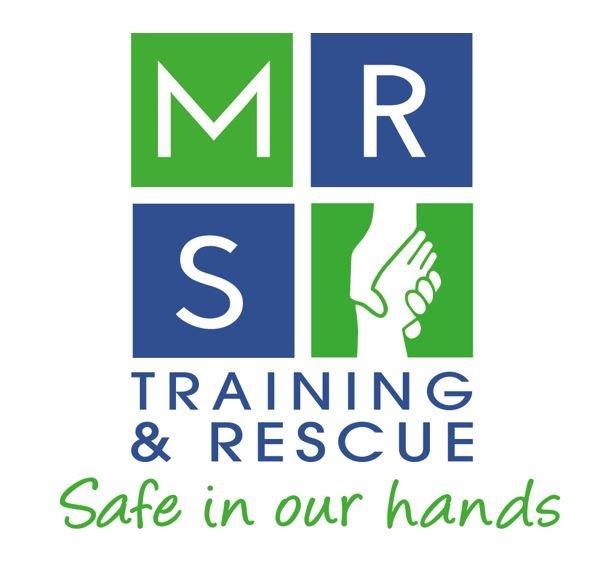Title Page
-
Site conducted
-
Date
-
Assessor Name
-
Venue
-
Candidate Full Name
-
Candidate ID Number
-
Candidate Role
ACTIVITY
Note the Mandatory Assessment Must be Completed Once by Each of the Miners Operating in the Shaft
S2 Risk Assessment and Near Miss Reporting
-
Can outline what is meant by a near miss
-
Can demonstrate an understanding of how near misses should be reported<br>*Note: (Show where they are placed – insert photo)
-
Can articulate what is meant by a hazard and a risk<br>Note:<br>*Hazard – Potential to cause harm<br>*Risk – chance high or low someone could be harmed
-
Can articulate how risk assessments are produced and disseminated with Anglo American<br>*Note: (Show where they are placed, has everyone signed onto the RAMS Explanation and understanding)
-
Can demonstrate how to record a point of execution risk assessment in the workplace<br>*Note: (Can carryout a point of work risk assessment, and explain who should be involved and where it should be placed – insert photo of completed POWRA)
-
Can define what is meant by major hazards and can define those present within the shaft<br>*Note: (can outline risks with ground control, fire, explosion, materials, and equipment falling down the shaft, and the potential for inrush)
-
Understands the specific hazards associated with shaft operations<br>*Note: (the candidate should talk about some of the issues of shafts and winding systems, transport of materials, slinging loads, dropped items, failure of winding apparatus, failure of load bearing components, collisions within the shaft, risk over overloads etc.)
-
Can move about the SBR safely<br>*Note: (uses ladders correctly, can where necessary correctly fit a harness, knows how to attach to the structure, can identify moving parts and areas of interaction)(Photo)
S3 UK Legislation
-
Can express their responsibilities under the health and safety at work act<br>*Note: (can talk about their responsibilities to comply with safety requirements, co-operate with the employer and not interfere with equipment provided for their safety)
-
Can articulate what is meant by competence, and how they are proved competent<br>*Note: (know that they must be trained, assessed, and authorised to carryout a task, and must not do work for which they are not trained and authorised)
S4 Emergency Procedures
-
Can outline the potential hazards that may lead to an emergency in shaft<br>*Note: (answer should include things like – failure of the winding system/ overload of the system/ unstable or overhanging loads/ fire/ ground control incidents/ inrush/ failure of ventilation)
-
Is able to outline the actions that they should take in the event of an emergency<br>*Note: (clear on what they should do and can describe the actions that would take in terms of mustering, self-escape etc)
-
Knows the emergency contact numbers or communication systems to be used in the event of an emergency<br>Note: <br>*The miner can verify how to Contact the Banksman by the Femco who will gather the information to handover to the superintendent<br>*Following emergency procedures<br>*Photo
-
Can identify the muster points around the SBR and on the surface<br>Note:<br>*Where are the Muster Points on the SBR
-
Can identify the location of the escape sets, and knows the duration that they operate<br>Note:<br>*Carried on person<br>*Every other platform has a collection of OXY 3000/6000 that must be close at hand<br>*Photo
-
Understands the actions that they should take in the event of a fire<br>*Note: (if possible, should fight the fire, but if too large they should egress from the area and report it – trigger the emergency procedure. The candidate should be clear that they must not fight fire wearing escape sets)
-
Can identify where firefighting equipment is located<br>*Note: (insert a photograph)
-
Knows the location of the first aid stations<br>*Note: (insert a photograph)
Use of Personal Gas Monitors
-
Can identify the gasses that the personal gas monitor can detect<br>*Note: (the Miner can identify Methane, Oxygen, Carbon Monoxide and Hydrogen Sulphide)
-
Can carryout the checks that need to be made when they pick their as monitor up at the start of the shift?<br>*Note: (photographs of the individual carrying out the tests – looking for a physical examination, determining if the instrument is functioning correctly, the visual and audible alarms are working and if required a gas test to prove readings)
-
Can identify the alarm levels that have been set within the gas monitor<br>*Note: (looking for the candidate to be able to identify the alarm levels for oxygen, methane as a minimum)
-
Can define the actions that they should take in the event that a gas alarm <br>*Note: (personal or fixed is activated) (want the candidate to know that they can cross check readings, seek help and advice, but if there is any uncertainty remove themselves from the area and escalate)
-
Can demonstrate how they would use a gas detector to effectively detect gas<br>*Note: (looking for the candidate to be able to use the monitor and articulate what gases they would be looking to find in different areas -gasses lighter and heavier than air)
Trolex Fixed Gas Monitoring on the SBR
-
What the location of this system<br>Note:<br>*The miner can demonstrate locations of the gas monitoring stations<br>*Deck 1 covering the cutting head CH4, CO. H2S<br>*Deck 7 CH4<br>*Deck 11 CO, CO2<br>*Photo
-
What actions should be taken if an alarm should be sounded<br>Note: <br>*The miner can describe that he has to Inform the supervisor, check the monitoring on that deck record results<br>*Checks the readings against his own portable gas monitor
Comments and Signatures
-
Has the candidate met the overall Standard?
-
Assessor Comments
-
Candidate Comments
-
Candidate Signature
-
Assessor Signature
-
Date of the Assessment
-
Is this now ready to upload?







